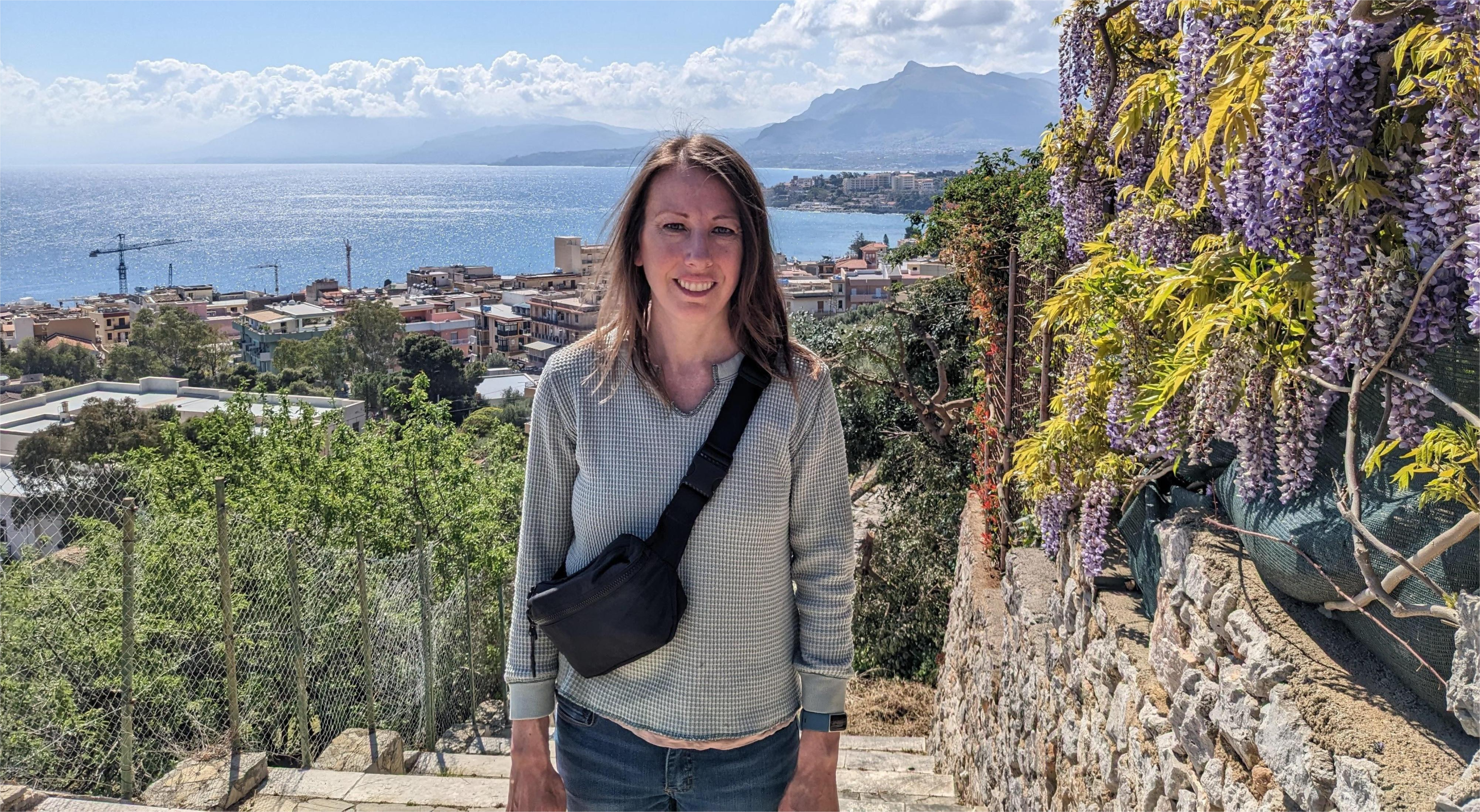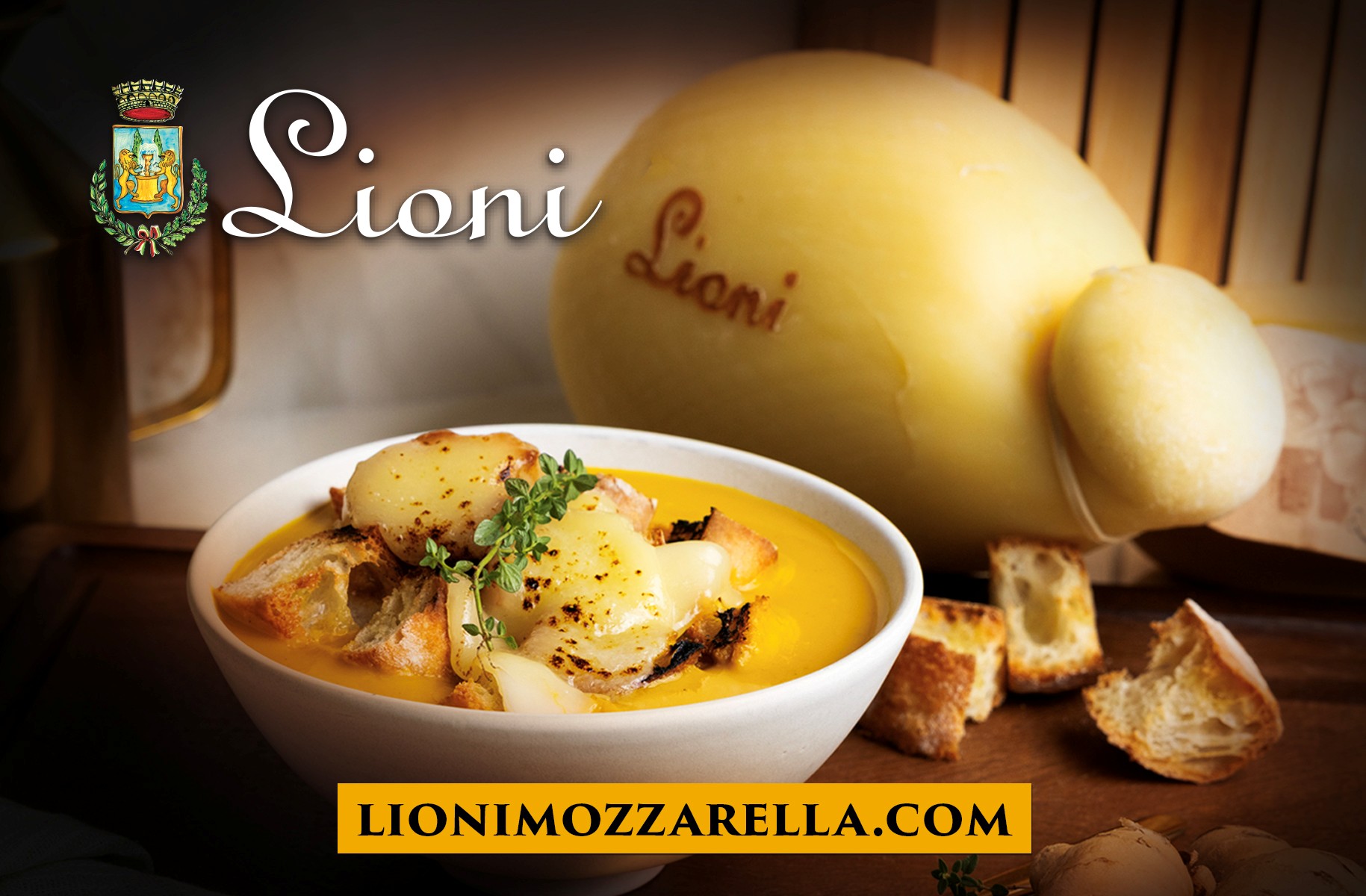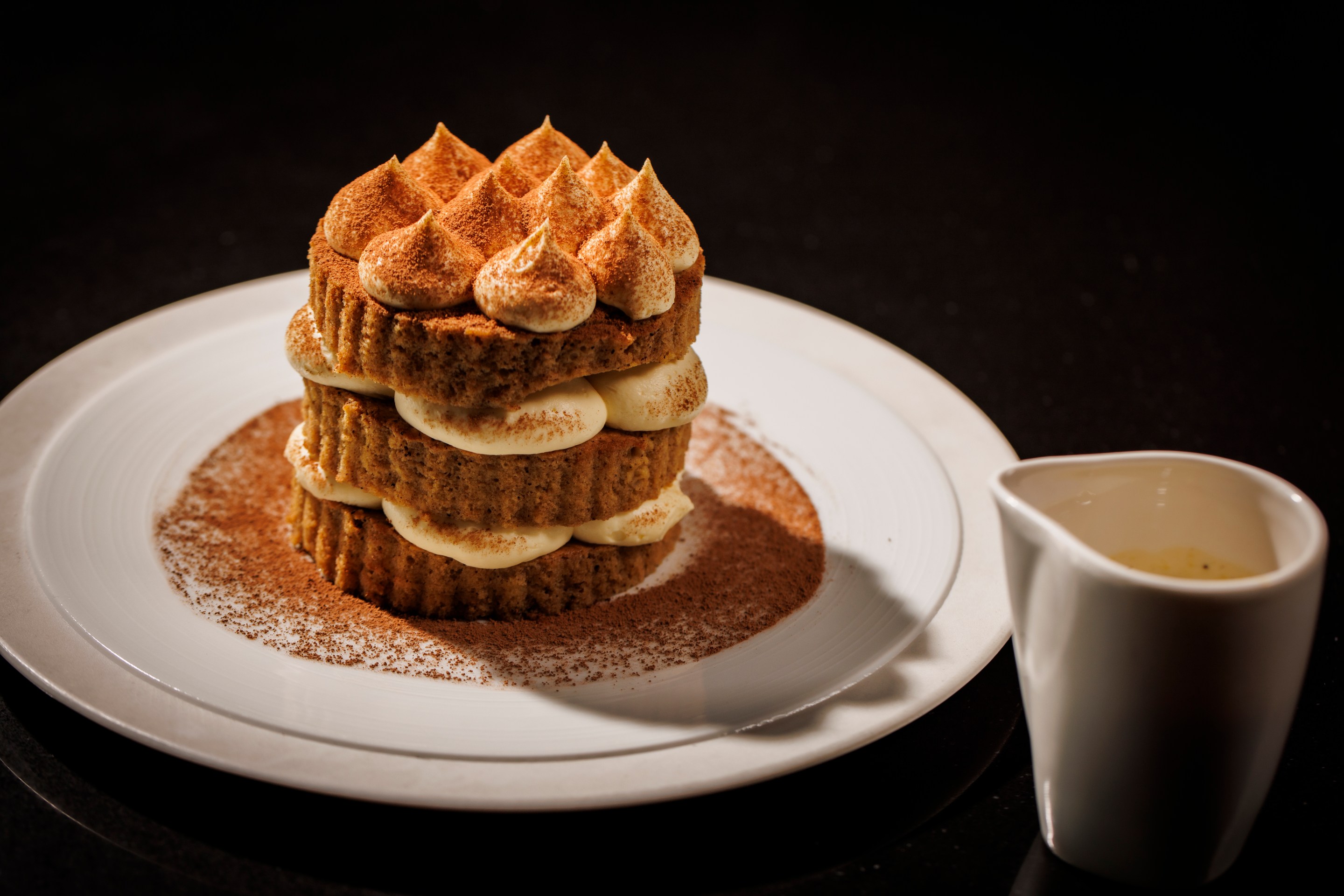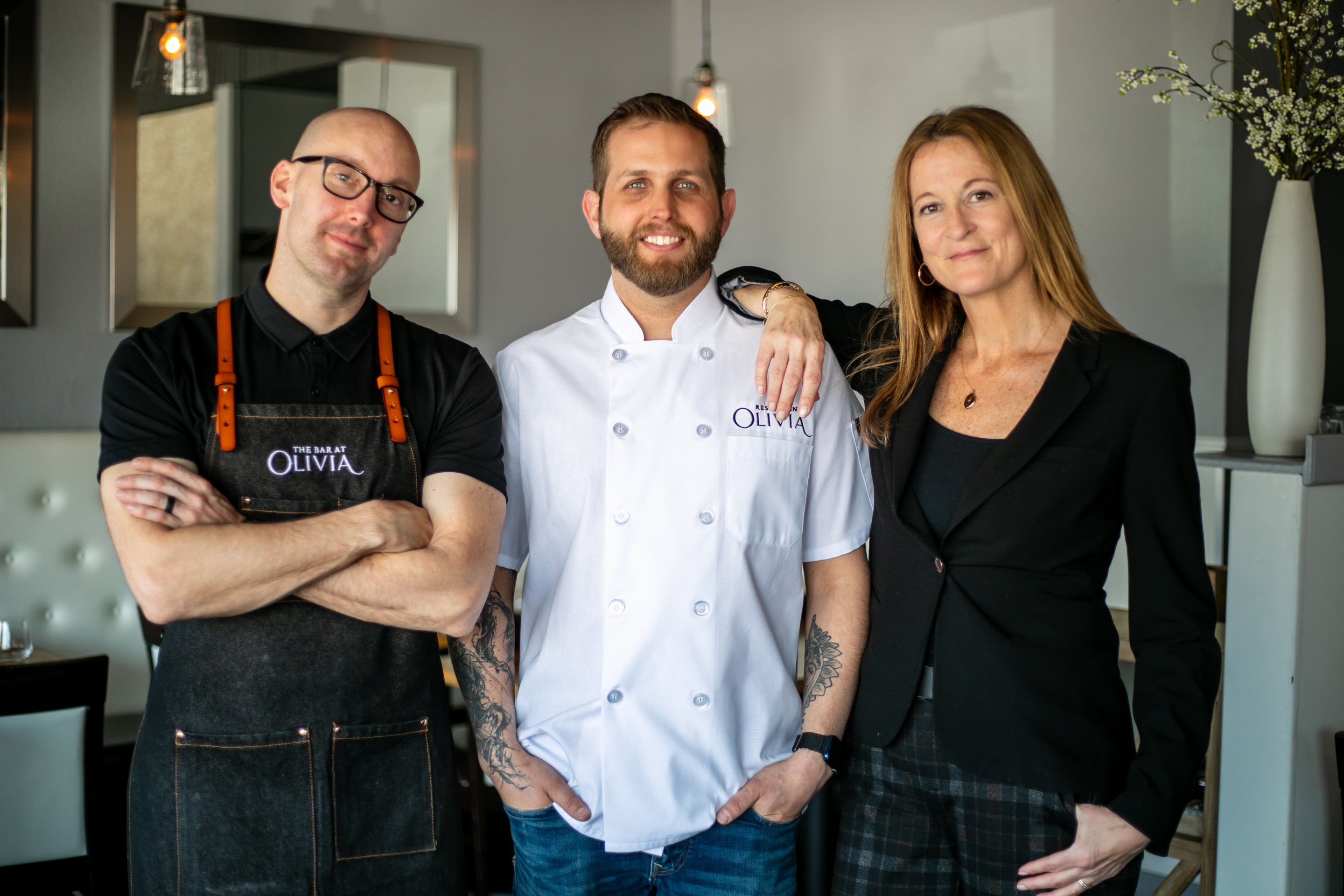In The Last Letter from Sicily, author Lindsay Marie Morris brings her ancestral roots to life through a sweeping, emotional narrative inspired by her grandparents’ journey from Sicily to America. In this interview for Appetito magazine, Morris shares how family recipes, Sunday dinners, and the memories of Sicilian cooking helped shape her storytelling—proving that sometimes, the heart of a novel begins in the kitchen.
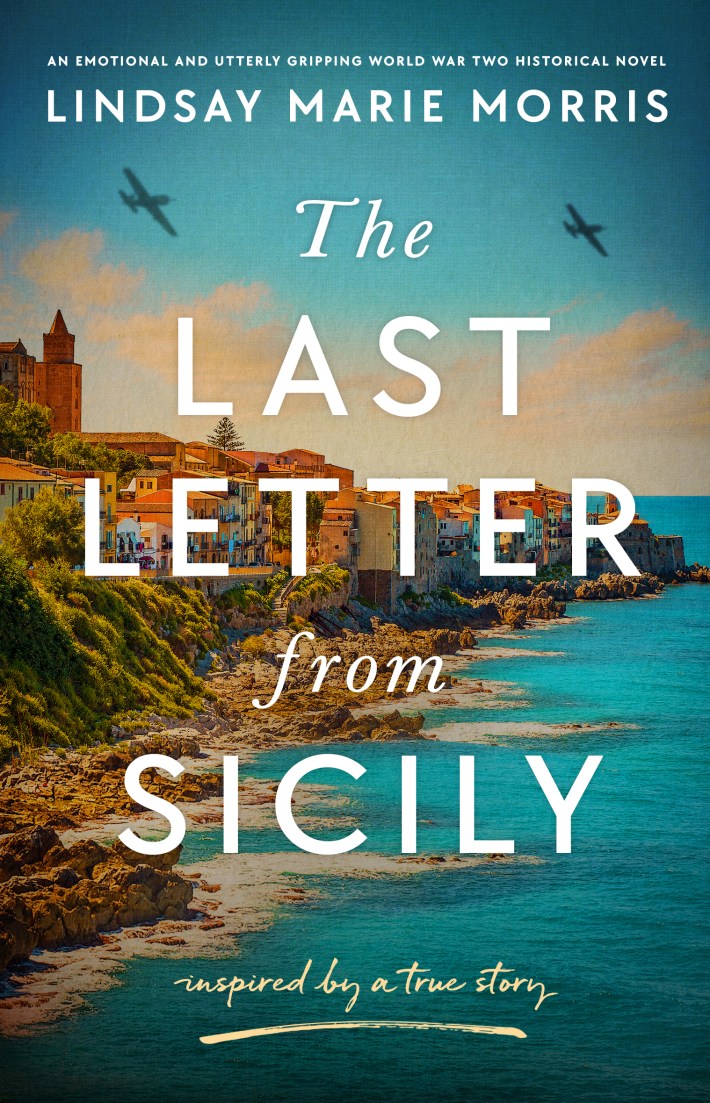
Can you share the inspiration behind The Last Letter from Sicily?
Throughout my childhood, I heard my grandmother describe her eight-year separation from my grandfather during World War II. She kept the letters they exchanged, but I later learned that communication was restricted after Italy declared war on the U.S. That meant she likely heard nothing about him or his whereabouts for at least five years.
I was in a creative writing class when I found myself revisiting that story. Over the next few weeks, I continued writing about my grandparents during class. The more I wrote, the more I realized there were holes in the story. My grandparents died in the early 2000s, so I couldn’t ask them the questions I should have posed long ago.
After reading Lisa Scottoline’s Eternal, I realized how little I knew about the Italian World War II experience. That book stood out particularly for its coverage of hidden history. The more I researched the even lesser-known Sicilian World War II experience, the more I realized there were plenty of important stories to tell.
I decided that my grandparents’ tale of being separated by war and geography was an entry point into sharing that history. The Last Letter from Sicily offers a portal to a broader understanding of the anguish of separation, the sting of prejudice, uncertainty, and the battlefield experience.
What was the research process like?
I started by consulting my aunts, uncle, and mother. That helped me understand the Marino-Agnello story. But to shape the fictional tale of Concetta Balistreri and Gaetano Alioto, I needed to sharpen my focus on three places: Porticello, Sicily, where the two spent their childhood; Milwaukee, where Concetta’s family emigrated; and Cagliari, Sardinia, where Gaetano was stationed during the war.
I had previously visited my mother’s first cousins in Porticello on my honeymoon, but that was about 14 years before embarking on the book. Sardinia was not a place I knew at all. Like Gaetano Alioto, my grandfather had been stationed there but rarely spoke of it.
There is only so much you will find searching the internet or visiting with Google Earth. My husband, Matt, saw how far along I’d gotten in writing my novel, so he knew this was serious. He suggested we spend a month in Cagliari and visit Porticello and Catania (also featured in the book) while we were in Italy.
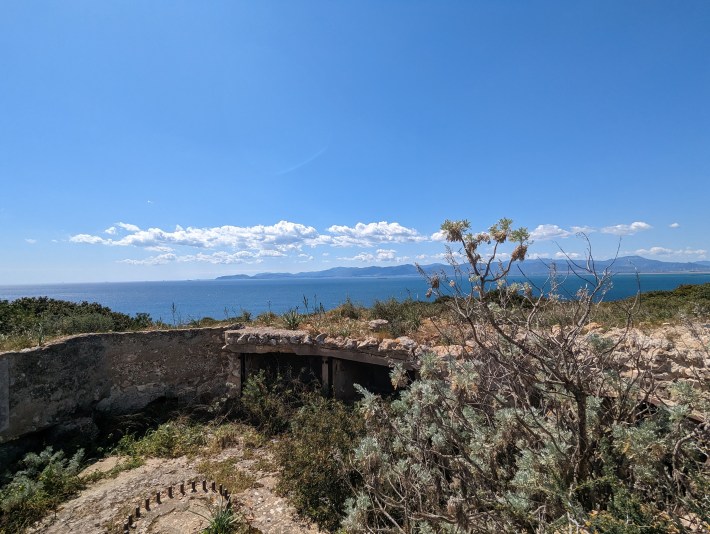
Through my research, I located an architectural engineering professor from the University of Cagliari. When I told him I was coming to Sardinia, he connected me with a colleague from his department. That professor and his father-in-law drove us all around Cagliari, where he showed us remnants of World War II bunkers. One particular site, Sant’Elia Hill, where you can find bunkers, a Savoy-era fort, and a 16th-century tower, was steeped in history. With sweeping Tyrrhenian Sea vistas, the port, and the airport, it seemed the perfect spot to place Gaetano Alioto. I had a chance to walk through subterranean bunkers and see the outlines where anti-aircraft crews had set up their flak machines. It gave me a clear view of what the men might have experienced as they stood in the sun, waiting to shoot at enemy planes.
When we visited Porticello for the second time, I had the chance to explore the remains of the ancient city of Solunto, which sits on a hill above Porticello. I knew the site would have to make an appearance and foreshadow the ruinous effects of war.
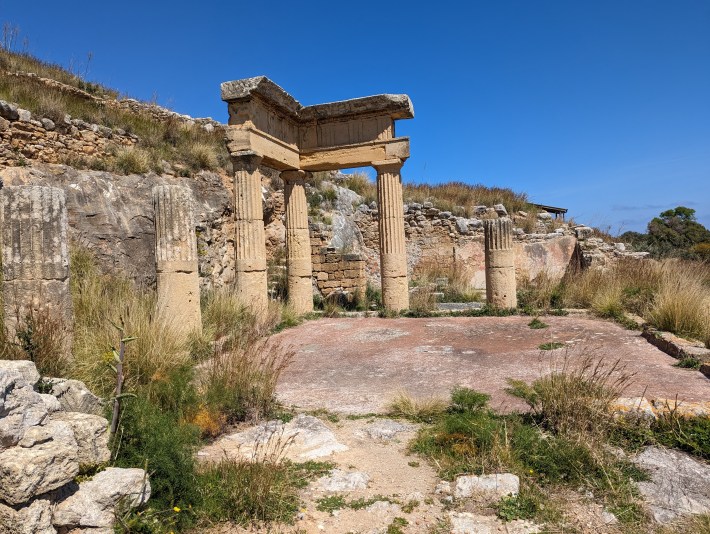
Gaetano Alioto was transferred to Catania, so we followed his journey there. From our bus window, I watched fields of wood sorrel and poppies blur past and experienced awe as Mount Etna rose before us, signaling our approach to the city. We visited the train station so I could take notes on its architecture and Etna view. Best of all, we had the chance to visit Museo Storico dello Sbarco in Sicilia 1943, Catania’s museum dedicated to the events surrounding the Allied invasion of Sicily. I saw the landings from the Sicilian viewpoint and sat in a facsimile bomb shelter where I experienced a simulated bombing—complete with sound effects and tremors. Military uniforms and weaponry were on display, and I saw just how ill-equipped the Italian Army was. I filled my notebook and shot photos, capturing the details I needed to shape Gaetano’s experience.
Milwaukee was different. I was born in Milwaukee and graduated from Marquette University. I spent my weekends there growing up when we visited my Sicilian grandparents. Still, I searched online public domain archives and read archival newspapers to better understand Milwaukee from the late 1930s through the mid-1940s. In my research, I found that one of the concert venues I had frequented as a teenager and college student, Eagles Ballroom, was once known as Devine’s Million Dollar Ballroom. There, young people danced to big band performances by the likes of Glen Miller and Guy Lombardo. I knew it had to play a role in Concetta’s new world.
In addition to my trips and online research, I watched documentaries and read nonfiction books about some of the historical events I feature in the novel. I include these, among other sources, in my acknowledgements.
Do you have a favorite Sicilian or Italian dish that connects you to your heritage—or perhaps one featured in the novel?
There is a scene that takes place in Milwaukee at Christmastime in which Concetta and her mother and sister bake cuccidati together in their little kitchen. Each has their own role in preparation because if you’ve ever made cuccidati you’ll know there are a lot of steps and chopping involved. For those who don’t know, Cuccidati are quintessential Sicilian Christmas cookies, typically made with chopped nuts, figs, citrus peels, and spices like cinnamon and cloves. They are often frosted and covered in sprinkles. The ingredients reflect Sicily’s rich history of trade and conquest. Romans and Greeks grew figs, Arabs brought citrus and spices, and Normans and Spaniards contributed pastry techniques. Cuccidati were always on Christmas cookie trays when I was growing up. I made a batch of my own without using a food processor to better understand Concetta’s experience.
Is there a go-to Italian or Sicilian restaurant that you love or reminds you of home?
My family frequented Milwaukee’s Carini's La Conca D'Oro when I lived in Wisconsin. The owner, Peter Carini, is distantly related and came to the U.S. from Porticello, like my family. The menu features Sicilian steak, linguine with clams, calamari, and octopus salad, which my own nonna would cook for us. I often ordered Carini’s melanzane spiedini. It’s a great place for parties; we had our graduation dinners there.
Tell us a bit about your background as a writer. What led you to storytelling, and how has your voice evolved?
I started as a young poet, winning a regional award for a poem at age 12. My English teacher recommended me for the school newspaper during my freshman year of high school. I reported and wrote for that paper and served as the “high school beat” reporter for the local weekly. I was paid a dollar per column inch, which seemed like a big deal at 15. I enjoyed pursuing stories and sharing what I had learned about everything from school board meetings to a feature about a girl who collected dozens of rose bushes. When I entered college at Marquette University, I set my sights on a journalism degree. I was a political beat reporter during the 1996 presidential election and had the chance to work as a precinct reporter in the Associated Press newsroom. I also served as editor in chief of the school yearbook, the first in the nation to go completely digital. I landed an internship with the American Society of Magazine Editors the summer after my junior year, where I had the chance to report and write for Advertising Age. I enjoyed sharing the human side of business news with features and profiles. That passion continued during my internships at Milwaukee’s Small Business Times and Business Journal. That experience led to my first jobs out of college at trade publications. When I moved to Los Angeles, I was hired as an associate editor at Shape magazine, where I wrote about health and its connection to lifestyle. I was packaging important news and research in a relatable way. In a sense, that’s what historical fiction does. I can take complex history and give it a human face. I can build relatable worlds for people to interact with the past.
Can you describe your Sicilian roots—where your family came from and how those connections have shaped your identity?
My maternal family came from Porticello, Sicily, and I have several second and third cousins still living in the Palermo area. One branch moved to Milan.
I am half Sicilian, but I identify most strongly with that heritage. Part of that is because my grandparents remained largely rooted in their culture and traditions. My nonno would grow cucuzzi and tomatoes he’d bring in for my nonna to cook. Together, they’d make tomato paste and cure olives. They shopped at Sicilian grocery stores and bakeries and played the Italian radio program between flipping opera records.
My father’s parents were completely different. My paternal grandmother’s parents came from Sweden, but they decided never to speak Swedish at home or teach their children the language. While my paternal grandfather’s grandfather came from Wales, he rarely spoke of it; he’d proudly assert that the family was American.
My geographical proximity to my maternal grandparents naturally affected my worldview. As a toddler, I would sing "Maria, Marì" with my nonna and dance to Pavarotti records. We ate octopus on New Year’s Eve and played Scopa after Sunday pasta suppers. Sicilian relatives flew in and stayed with us. When we first stepped off the train in Sicily, it felt like coming home.
What do you hope readers will take away from this story—especially those with immigrant or Sicilian backgrounds?
I hope to inspire people to read more about the Italian World War II experience. There was so little that I knew, and my grandfather served in that conflict. I was surprised to find people who did not realize that Sicily was the first place American forces landed in Europe. Many assume it was Normandy because it gets more coverage in history books. I was also surprised to learn that—despite newsreels and photos of soldiers handing out candy to children and getting showered with flowers—Operation Husky, the July 1943 Allied landings, was far from bloodless. Even more shocking for me was learning that more than 50,000 Italian prisoners of war were brought all the way to the U.S., where they were kept behind barbed wire through the war’s end in a nationwide network of POW camps.
Are you planning to continue exploring Italian or Sicilian themes in future work?
My second novel with Storm Publishing is slated for a summer release. Set between Sicily and California, it demonstrates how World War II and its consequences directly impacted two sides of a family, creating parallel struggles rooted in their shared heritage, overshadowed by a deeply held secret.
